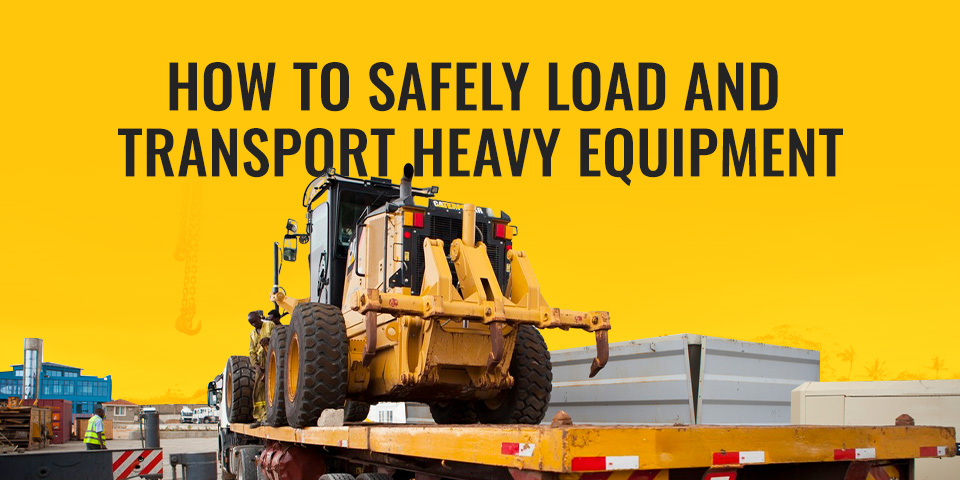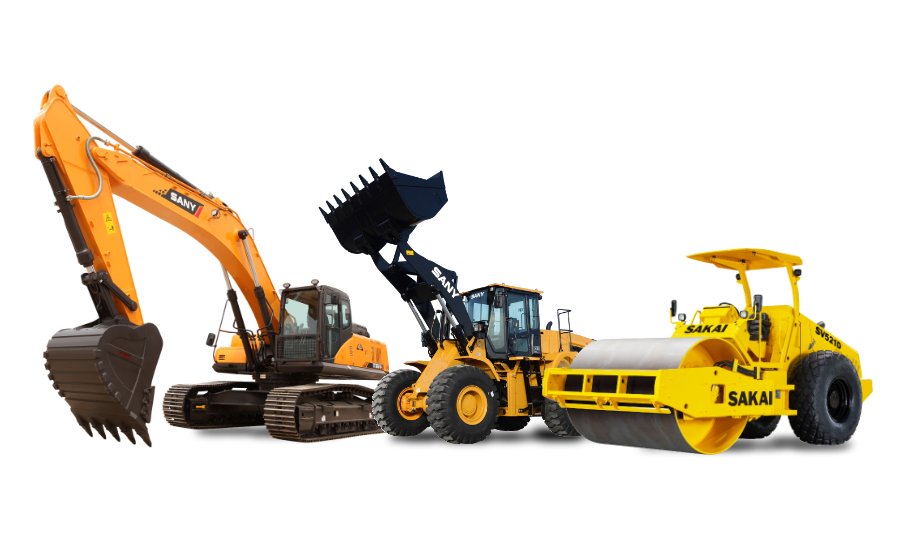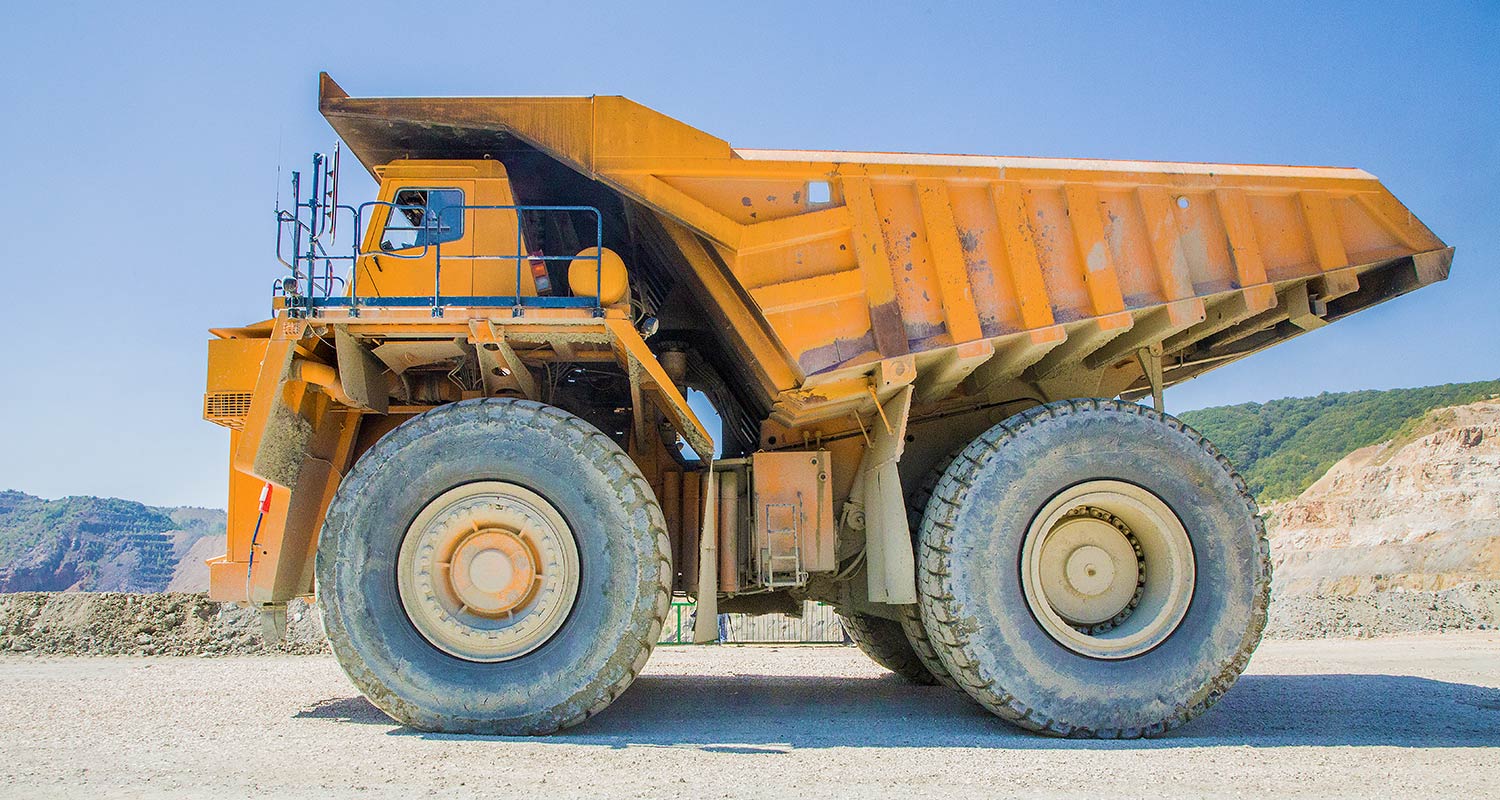Heavy Equipment Rental: High-Quality Equipment for Lease
Heavy Equipment Rental: High-Quality Equipment for Lease
Blog Article
Renting Vs. Buying Construction Tools: Making the Right Choice for Your Task
When beginning on a construction task, one of the important decisions that forecast stakeholders and supervisors encounter is whether to acquire or rent out building and construction tools. The decision pivots on numerous variables such as cost factors to consider, job period, tools maintenance, adaptability, danger, and scalability management.
Price Factors To Consider
When reviewing the economic aspect of acquiring versus renting construction equipment, the ahead of time costs and lasting expenses should be meticulously considered. Renting equipment typically calls for reduced preliminary repayments compared to acquiring, making it an appealing alternative for short-term tasks or service providers with budget constraints. Leasing removes the requirement for large capital investments and reduces the economic risk connected with equipment ownership, such as upkeep and depreciation costs. Nonetheless, over time, constantly renting out devices can collect higher costs than buying, particularly for extended jobs.
On the various other hand, purchasing construction equipment involves higher upfront costs but can cause long-lasting financial savings, especially for frequent individuals or long-term jobs. Having equipment supplies adaptability, comfort, and the potential for resale value once the job is finished. Furthermore, possessing devices enables personalization and knowledge with certain equipment, possibly boosting performance and productivity on-site. Inevitably, the decision in between acquiring and leasing construction devices pivots on the task's duration, frequency of usage, budget plan factors to consider, and lasting financial goals.
Task Period

Alternatively, for lasting projects or ongoing building work, purchasing devices might be the extra affordable alternative. Purchasing equipment can result in set you back savings in the long run, particularly if the tools will be often utilized. In addition, possessing tools offers a feeling of control over its accessibility and enables customization to fit particular job demands.

Tools Upkeep
Given the critical role job duration plays in identifying the most affordable technique between renting and getting building devices, the emphasis currently moves towards taking a look at the necessary facet of equipment upkeep. On the various other hand, possessing equipment requires a proactive strategy to upkeep to avoid break downs, make sure safety and security, and expand the devices's life-span. Ultimately, a well-maintained building and construction equipment fleet, whether leased or owned, is necessary for the effective and effective completion of building and construction projects.
Flexibility and Scalability
In the world of building and construction tools administration, the facet of versatility and scalability holds significant importance for project performance and source utilization. Choosing to lease building equipment supplies a high degree of flexibility as it permits the fast adjustment of devices useful source types and quantities based on the advancing needs of a task. Renting out makes it possible for service providers to access a large range of customized tools that may be needed for particular jobs without the long-lasting commitment of possession. This adaptability is specifically advantageous for projects with varying requirements or unclear periods (forklift rental).
Additionally, scalability, one more vital factor, is naturally linked to flexibility. Renting construction tools uses the advantage of quickly scaling operations up or down as project demands fluctuate. Specialists can promptly include or trade devices to match the project's changing needs without the constraints of owning assets that may become underutilized or obsolete. This ability to scale resources efficiently can cause price financial savings and enhanced task timelines, making leasing a beneficial choice for tasks calling for versatility and receptive resource allotment.
Threat Management
Effective danger administration in building devices operations is critical to making certain task success and mitigating prospective economic losses. Building and construction projects inherently include various dangers, such as devices malfunctions, accidents, and project hold-ups, which can considerably influence the project timeline and budget. By thoroughly thinking about the threats related to owning or renting building and construction equipment, job supervisors can make educated choices to lessen these prospective hazards.
Renting out building equipment can supply a level of threat mitigation by transferring the duty of repair and maintenance to the rental company. This can decrease the economic problem on the project owner in instance of unexpected tools failures (dozer rental). Furthermore, renting out provides the versatility to gain access to customized tools for specific project phases, reducing the danger of owning underutilized equipment
On the other hand, possessing building tools provides a feeling of their website control over its usage and upkeep. However, this likewise implies birthing the complete duty for repair work, maintenance expenses, and devaluation, increasing the financial risks connected with equipment possession. Careful risk assessment and factor to consider of variables such as project duration, devices application, and maintenance needs are vital in identifying one of the most suitable option for reliable risk monitoring in construction projects.
Conclusion
Finally, when determining between renting out and purchasing construction equipment, it is essential to think about price, job duration, equipment maintenance, scalability, risk, and flexibility monitoring. Each element plays a vital role in establishing the most appropriate option for the task at hand. By meticulously assessing these elements, job supervisors can make an educated choice that aligns with their spending plan, timeline, and general job objectives.

Report this page